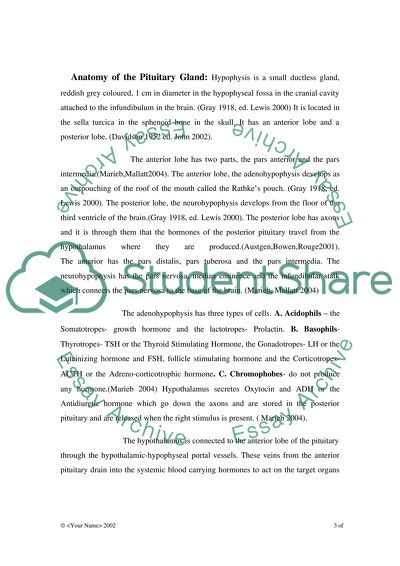Cite this document
(“Transphenoidal Hypophysectomy Essay Example | Topics and Well Written Essays - 3000 words”, n.d.)
Transphenoidal Hypophysectomy Essay Example | Topics and Well Written Essays - 3000 words. Retrieved from https://studentshare.org/health-sciences-medicine/1509469-transphenoidal-hypophysectomy
Transphenoidal Hypophysectomy Essay Example | Topics and Well Written Essays - 3000 words. Retrieved from https://studentshare.org/health-sciences-medicine/1509469-transphenoidal-hypophysectomy
(Transphenoidal Hypophysectomy Essay Example | Topics and Well Written Essays - 3000 Words)
Transphenoidal Hypophysectomy Essay Example | Topics and Well Written Essays - 3000 Words. https://studentshare.org/health-sciences-medicine/1509469-transphenoidal-hypophysectomy.
Transphenoidal Hypophysectomy Essay Example | Topics and Well Written Essays - 3000 Words. https://studentshare.org/health-sciences-medicine/1509469-transphenoidal-hypophysectomy.
“Transphenoidal Hypophysectomy Essay Example | Topics and Well Written Essays - 3000 Words”, n.d. https://studentshare.org/health-sciences-medicine/1509469-transphenoidal-hypophysectomy.


